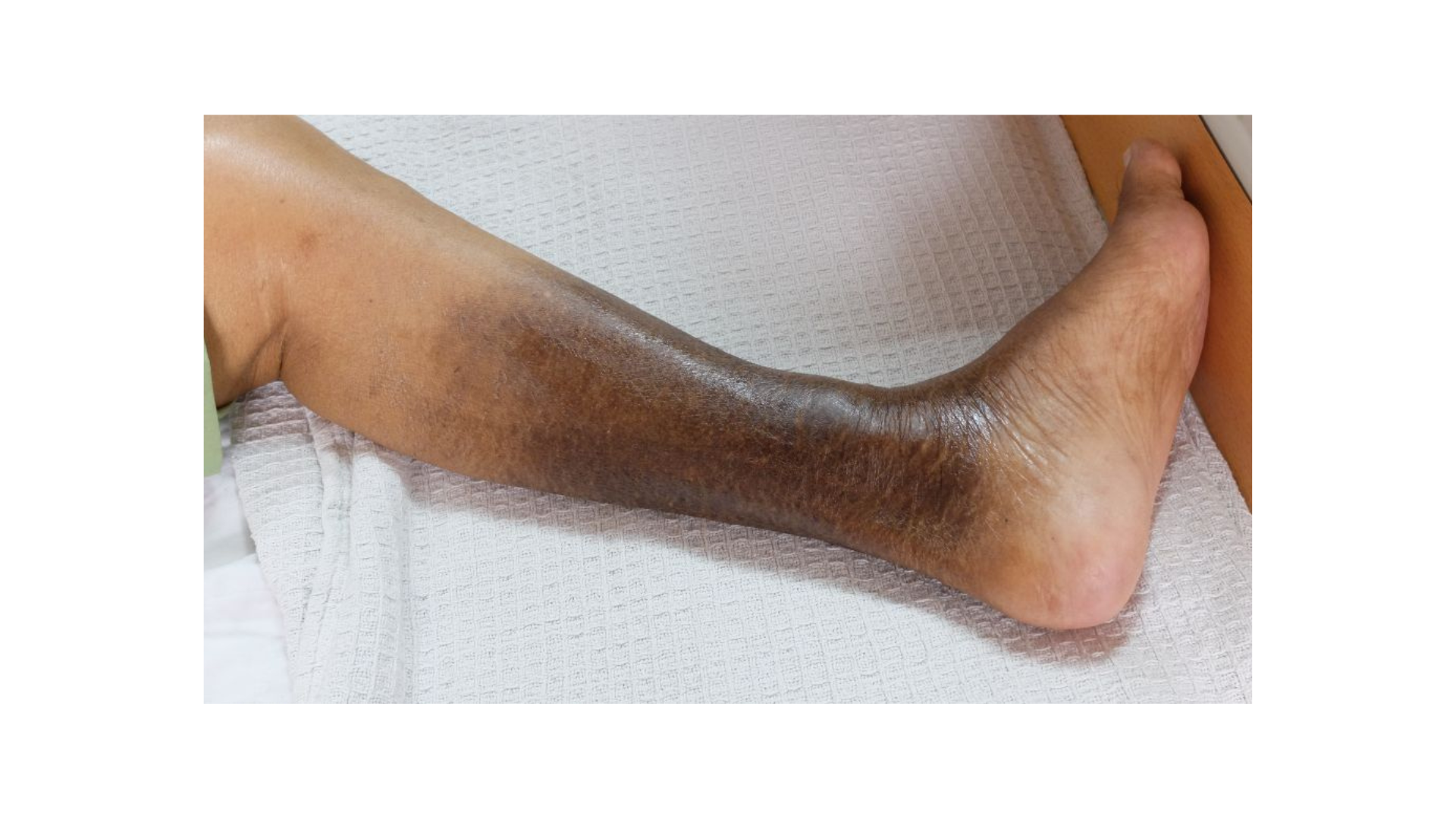Peristomal Skin Complications: How to Treat
July 26, 2023
Editor's Note: In this interview, Alex Aningalan, MSN, RN, CWON, WCC discusses strategies wound care professionals can use in their practice to help ostomy patients struggling with even the most persistent peristomal skin complications.
How do you treat peristomal skin complications? from HMP on Vimeo.
Transcript
Hi, my name is Alex Aningalan, MSN, RN, CWON, WCC. I'm the manager of Wound and Ostomy Care at New York Presbyterian in Bronxville, New York.
What are the first steps to treating persitomal skin complications?
I always say the first step in managing peristomal complications is to always go back to where the stoma is. The first step is ensuring that you have a perfect fit for your pouching system, and that is usually achieved by thorough assessment by the ostomy nurse Clinician. If and when you do have a perfect fit and still peristomal skin complications exist, you would have to try and find ways to adjust the fit of the pouching system. And then if all else fails, then that's when you really start to manage and protect your delicate peristomal skin.
You should always look at individual patient characteristics and individual stoma characteristics of your patient. Thorough assessment is always key to prevention and management of peristomal skin complications. The most basic approach to peristomal skin complication management is the long-known crusting technique, using a cyanoacrylate dressing alternated with stoma powder. So you'd use alternating layers of stoma powder and either a cyanoacrylate dressing or a skin barrier film, and allow it to dry.
Whether to use a cyanoacrylate or a skin barrier, normally, it depends on how severe the peristomal skin complication is. If that still doesn't help you achieve healing of the peristomal skin, you may opt to use other ostomy accessories, such as barrier extenders or even ostomy belts. That would help support your pouching system and prevent pouching system leakage.
About the Speaker
Alex M. Aningalan, MSN, RN, CWON, WCC, is a board-certified wound and ostomy nurse clinician and specialist. He has varied experiences in both acute and long-term care. In addition to wound healing, he is passionate about nursing education, nursing mentorship, and nursing scholarship. He loves to share the value of the wound and ostomy care specialty, especially among new-to-practice nurses, while encouraging and promoting it to fellow and emerging clinicians who share his passion for wound and ostomy care. In addition, he values the importance of leadership, evidence-based practice, and interprofessional collaboration among clinicians and patient populations.
The views and opinions expressed in this blog are solely those of the author, and do not represent the views of WoundSource, HMP Global, its affiliates, or subsidiary companies.











Follow WoundSource
Tweets by WoundSource